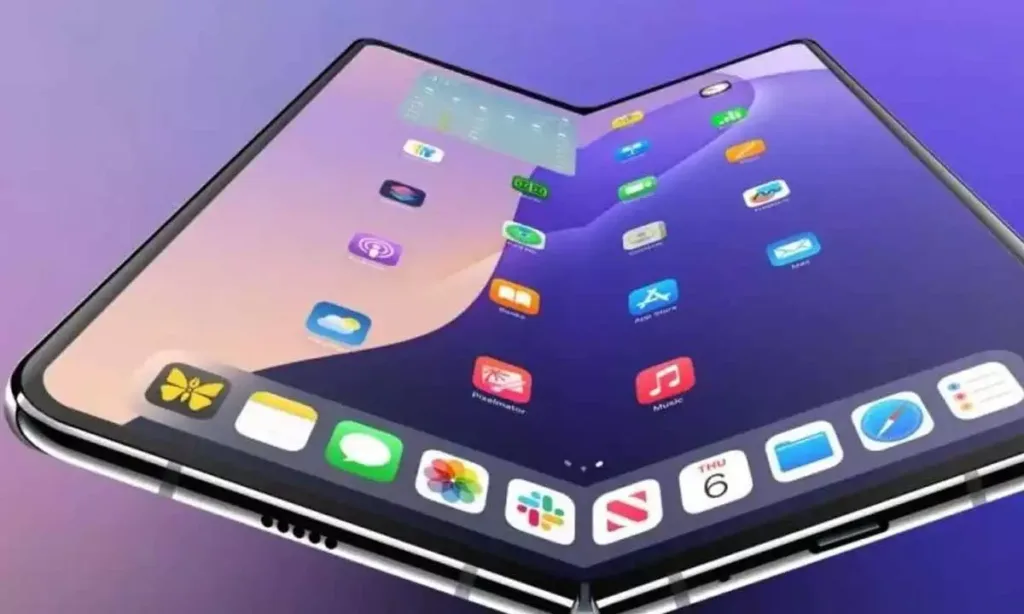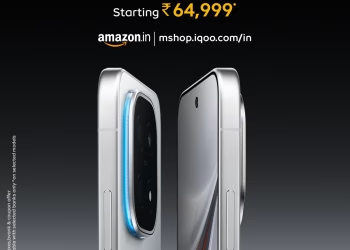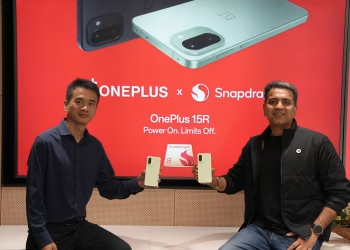Apple has just achieved what seemed impossible—a crease-free foldable display. After years of development, the iPhone Fold has officially entered engineering validation and pre-mass production phases, marking a watershed moment in smartphone innovation. Here’s everything you need to know about this game-changing breakthrough.
Table of Contents
The Crease Problem: Finally Solved
Every foldable phone user knows the frustration—that visible line running down the middle of your screen. Samsung and other manufacturers have struggled with this issue for years, but Apple’s engineers have cracked the code. The secret? A holistic approach combining advanced materials with precise engineering.
How Apple Did It: The Technology Breakdown
| Component | Technology | Benefits |
|---|---|---|
| Hinge | Liquid Metal (Amorphous Metal) | 2.5x stronger than titanium |
| Display Panel | Samsung OLED with stress control | Metal plate disperses bending stress |
| Cover Glass | Ultra-Thin Glass (UTG) | Premium feel, scratch resistance |
| Integration | Laser drilling microstructures | Guides stress distribution perfectly |

Engineering Validation: What It Means
The device has moved from experimental stages to engineering validation and pre-mass production—a critical milestone. This phase involves rigorous testing across multiple iterations (EVT-1, EVT-2, etc.) before moving to design validation and finally production validation.
Production Timeline:
- Now: Engineering Validation Testing (EVT)
- Q1 2026: Component manufacturing begins
- Summer 2026: Mass production starts
- Fall 2026: Expected launch alongside iPhone 18 Pro models
The Liquid Metal Advantage
Apple is developing high-strength hinge components made of liquid metal, with hinge prices falling to the $70-$80 range. This material offers exceptional durability and tolerance—critical for a device that will fold thousands of times during its lifespan.
For gamers and tech enthusiasts wondering about durability, check out our device durability comparisons to understand how materials affect longevity.

iPhone Fold: Expected Specifications
- Main Display: 7.8-inch OLED (when unfolded)
- Cover Display: 5.5-inch external screen
- Thickness: 4.5-4.8mm unfolded, 9-9.5mm folded
- Battery: 5,000-5,500 mAh
- Camera: Dual 48MP rear lenses
- Authentication: Touch ID (side button)
- Price: Starting at $2,000+
Why This Matters
The crease-free design isn’t just aesthetics—it’s about user experience. Imagine watching videos, editing documents, or gaming without that distracting line bisecting your screen. Apple’s solution represents the next evolution in mobile computing, combining iPhone and iPad functionality in one premium device.
The Bottom Line: Apple’s patience has paid off. Rather than rushing to market with a compromised product, they’ve taken the time to solve foldables’ biggest challenge. With Samsung, Huawei, and others unable to eliminate the crease, Apple’s solution could redefine the foldable market.
Stay updated on the latest smartphone innovations at TechnoSports, and follow Apple’s official newsroom for confirmed launch details as we approach the 2026 release.
Want to learn more about foldable technology? Explore our smartphone buying guides and compare the latest devices before making your next upgrade.








